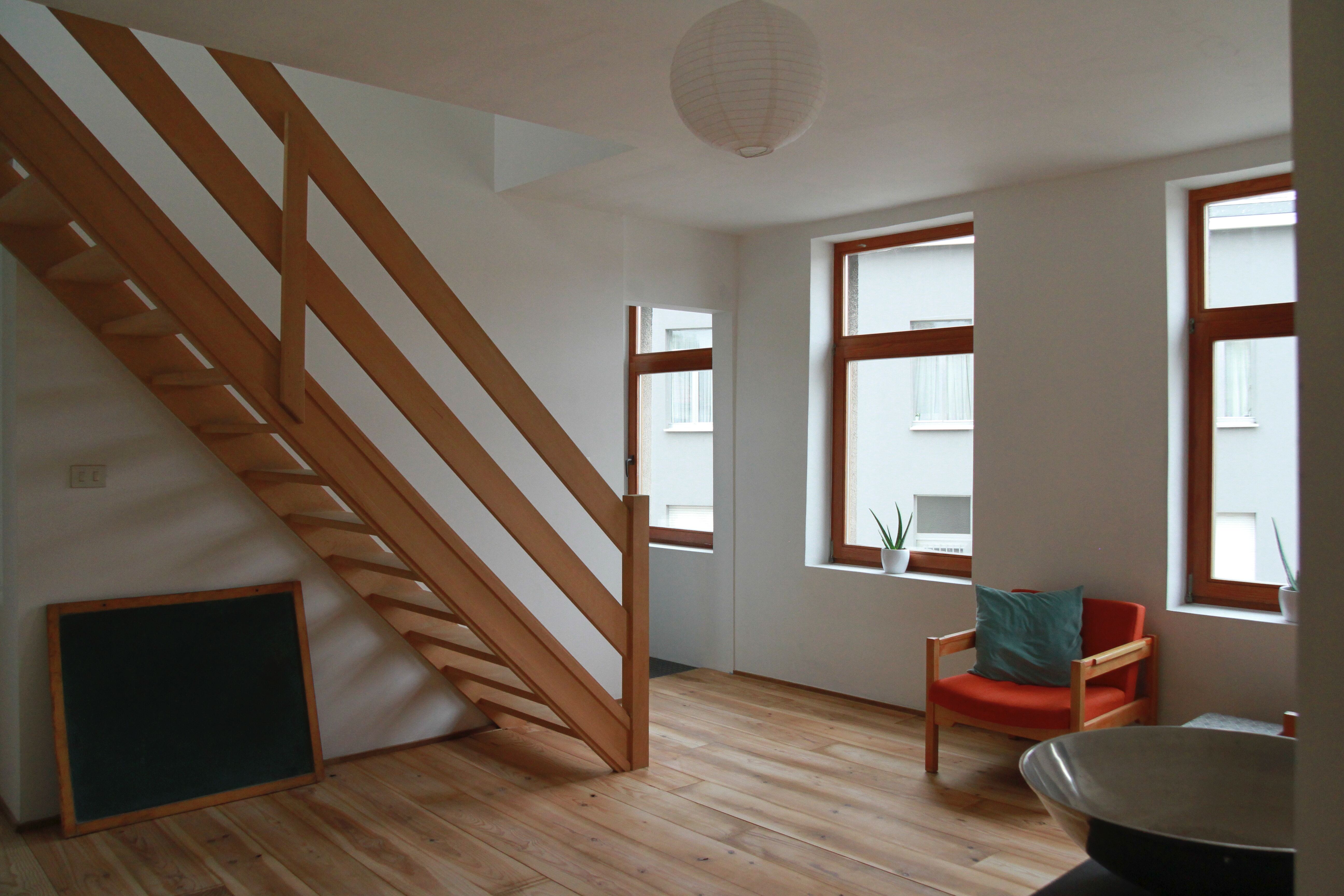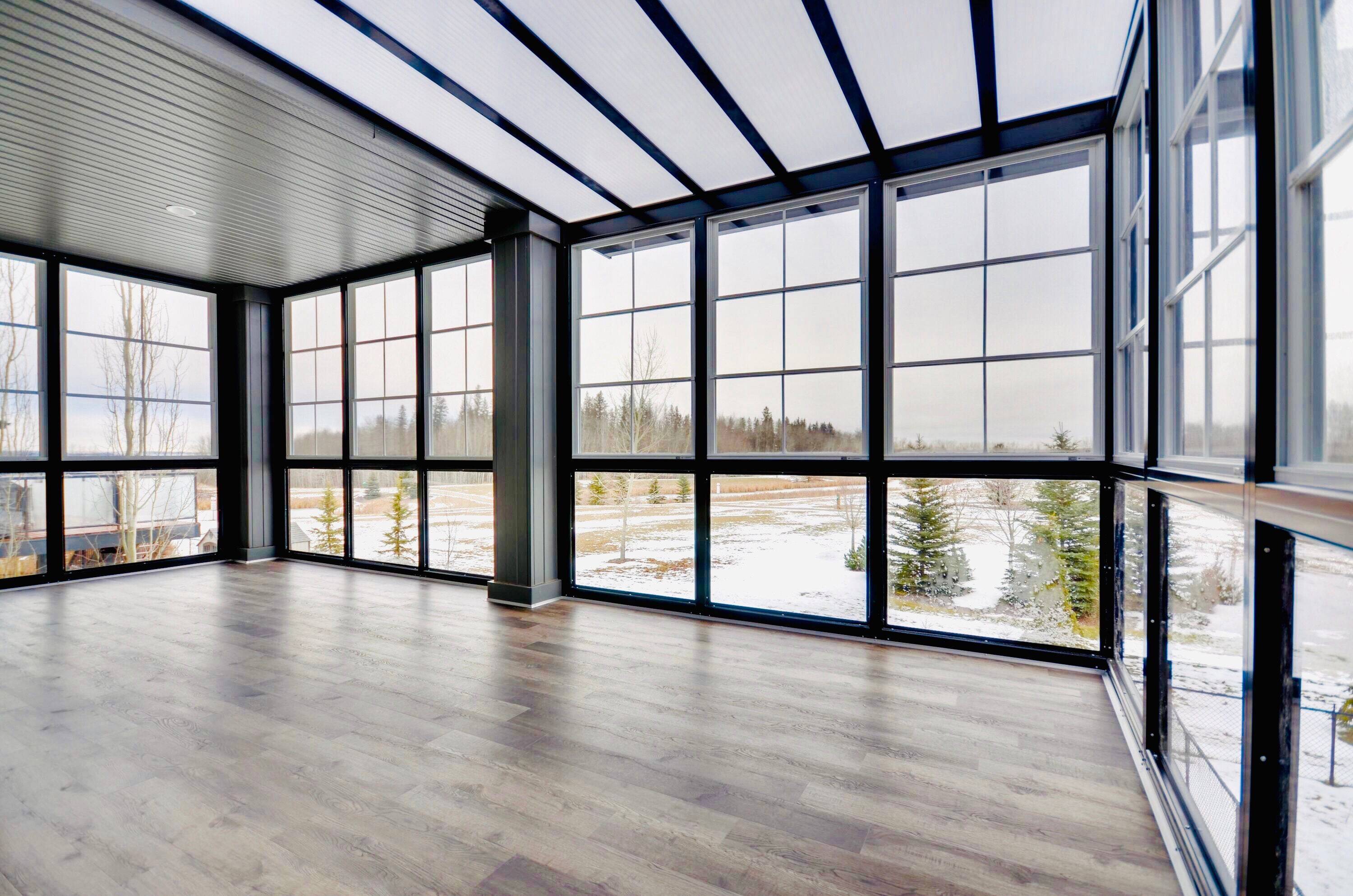10 Considerations Before You Pick Your Floors
- Budget:This is important for everyone. Although price is an important factor, what you really want is the lowest price for the floors that will fit your home best. With the wide range of options and prices, factoring your budget into your decision will help you find a good match without breaking the bank.
- If you can, leave a little bit of extra room in your budget for accessories like molding.
- If you see floors you really like that are out of your budget, ask about a cheaper option. For example, if you like American Cherry hardwood but can’t afford it, Brazilian Cherry can make a nice substitute.
- If you want a certain type of flooring, like hardwood floors, consider an alternative like engineered wood or laminate flooring. This might lower the overall cost and still provide you with the look and feel of your ideal floors.
- Room(s):Which rooms are you going to put your new floors in? Chances are you want different flooring in your bathroom than a bedroom, or in the kitchen than an entryway. For example, the entryway is a good place for materials that are easy to clean. The floors in a bedroom, on the other hand, should be warm and comfortable.
- Lifestyle / Wear & Tear:Think about the wear and tear your lifestyle will introduce to your floors. Will the space get a lot of use? If you have kids, dogs or cats, you’ll want a material that cleans and maintains easily; if the floor will receive a lot of heavy foot traffic, look for a durable option. There are also special considerations if reducing noise is a concern or if you need areas for specific activities, such as a home office or a playroom.
- Style & Décor: The flooring you choose should match the style and décor of the rest of your home. Your floors’ style help set the tone for your entire house.

- Comfort:You want to be comfortable in your home. In addition to thinking about how the flooring will be used, consider how it will feel to walk on year-round. One nice option for the cold months is to use radiant heating to make your floors even more inviting.
- Climate: Don’t forget to consider the weather. Is it warm and dry all year-round? Is heavy rainfall common? Some floors are more resistant to changes in the climate during the year, making it an important factor in your flooring decision.
- Sub-floor: What surface will be under your new floor? Different types of floors can be installed over various surfaces; it’s important to know if you’ll need to remove the existing floor or if you can just build on top of it.
- Allergies & Health Factors:If someone in your family suffers from allergies, you should avoid carpets as they can hold allergens like dust, mites, pet dander and molds. The good news is there are a lot of hypoallergenic options like wood flooring, tile or vinyl.
- Going Green: If sustainable floors are important to you, there are eco-friendly flooring options out there for families that want to go green inside their homes. In addition to looking for certified recycled wood, check out alternative materials, such as bamboo, that might be a good fit for your home, too.
- Contractor: Who will you work with to install your floors? Because many manufacturers void warranties if an authorized installer doesn’t add the flooring, it’s really important to pick one that will do the job correctly. Before selecting your contractor, ask important questions like if they have a valid CA state contractor’s license and if they have references to whom you can talk.
How to Select Your Floors
As you consider flooring options, are you thinking about the resale value of your home? Whether you plan to sell right away or in several years, it’s important to choose floors you love that will also give you a strong return on investment. Here is some advice to keep in mind:- Hardwood flooring sells. If you already have it, refinishing it is a cost-effective option to consider. If you don't already have hardwood floors, consider investing in it - especially for key rooms like the living room, dining room and family room. When choosing between engineered and solid hardwood flooring, select the option that works best in the home's climate. Engineered works better for humid areas, whereas both solid and engineered can handle dry climates.
- Laminate flooring is a good choice if hardwood floors are too expensive. It provides many of the same benefits at a much lower price point.
- Carpeting is one of those cost-effective flooring options if you're putting your home on the market soon, plus soft carpets can feel comfortable in bedrooms. However, smelly, worn or damaged carpets can make a big difference to potential buyers, so you may want to consider replacing it if it’s been a while. When you pick a color, opt for neutral shades.
- Vinyl floors can be a good choice if hardwood flooring is out of your budget. Although it won't give you as high a return as wood, it can still help your home appear well maintained without you needing to invest a lot out of pocket. It's best to select a neutral shade for this flooring option too.
- Tile is popular for bathrooms, although we’d recommend upgrading to luxury vinyl tile as it’s much more cost-effective than tile; luxury vinyl tile provides many of the same benefits as stone or ceramic tile as well.
- Think about the space the floor will occupy and select a design that will complement the overall feel.
- Find the center of the space and make that the focal point of the design. This will also be the spot from which you lay out your furniture and rugs, too.
- Create symmetry by imagining a line down the center of the space and balancing the design elements of the two sides.
- Consider adding a border as a visual boundary or bridge between rooms.
- Think about whether the basic design of the room or home is small, medium or large when selecting the design for the hardwood floors.
- For traditional styles, oak and ash are very popular. In terms of finish, rich colors like mahogany or honey hues would be worth exploring.
- For modern or contemporary styles, many homeowners gravitate toward maple or exotic hardwoods. In terms of finish, a sleek, high gloss, dark stained floor might be the best fit for you.
- For a cozy or rustic style, hickory or cherry hardwoods are common. In terms of finish, you might want to look at antiqued or hand-scraped hardwoods, which come in a variety of colors.
 If you prefer contrasts, then consider a dark finish on your floors with light furniture or vice versa. You can also try to match your floors to other elements in your room.
Here are a few of the basic patterns to be familiar with when exploring options for your hardwood floors:
If you prefer contrasts, then consider a dark finish on your floors with light furniture or vice versa. You can also try to match your floors to other elements in your room.
Here are a few of the basic patterns to be familiar with when exploring options for your hardwood floors:
- Parquetry is a decorative geometric mosaic of wood developed by the French in the late 1600s that’s still common today.
- Marquetry is an Italian-based form, also from the 16th century, that creates a mosaic pattern using curved or free flowing forms.
- Herringbone, a V-shaped pattern found in twill fabrics, is also a popular design pattern.
- Additional patterns include basket weave, brickwork and trellis designs.
How to Tie Your Floors Into Overall Interior Design
Here are five interior design ideas, from repetition to adding a conflicting style, which will give your home a consistent look and feel:- Repetition. Use the same materials, fabrics and patterns to tie the spaces together. Even if you use different floors in various rooms, pick finishes that are the same color and repeat patterns in your flooring and accessories.
- Color. Speaking of color, choose complementary hues throughout your home. Go beyond the paint and use the same tones in your fabrics and wood tones. If you're not sure which colors to combine, reference a color wheel when you make your selections. Once you have major elements like flooring and furniture in place, use small accessories like throw pillows, a vase with flowers or even a bowl of apples to put on the finishing touches.
- Fall back on wood. In addition to being used as your flooring, using the same type of wood in your cabinets, tables, chairs and mantels can give your home a very cohesive look and feel.
- Be subtle in your shift. As you come up with interior design ideas for two rooms next to each other, use color to subtly shift from one space to the next.
- Add a conflicting style. If you're feeling bold, one way to connect your spaces is to choose elements that add an interesting conflict, such as a rustic table in a modern dining room.


